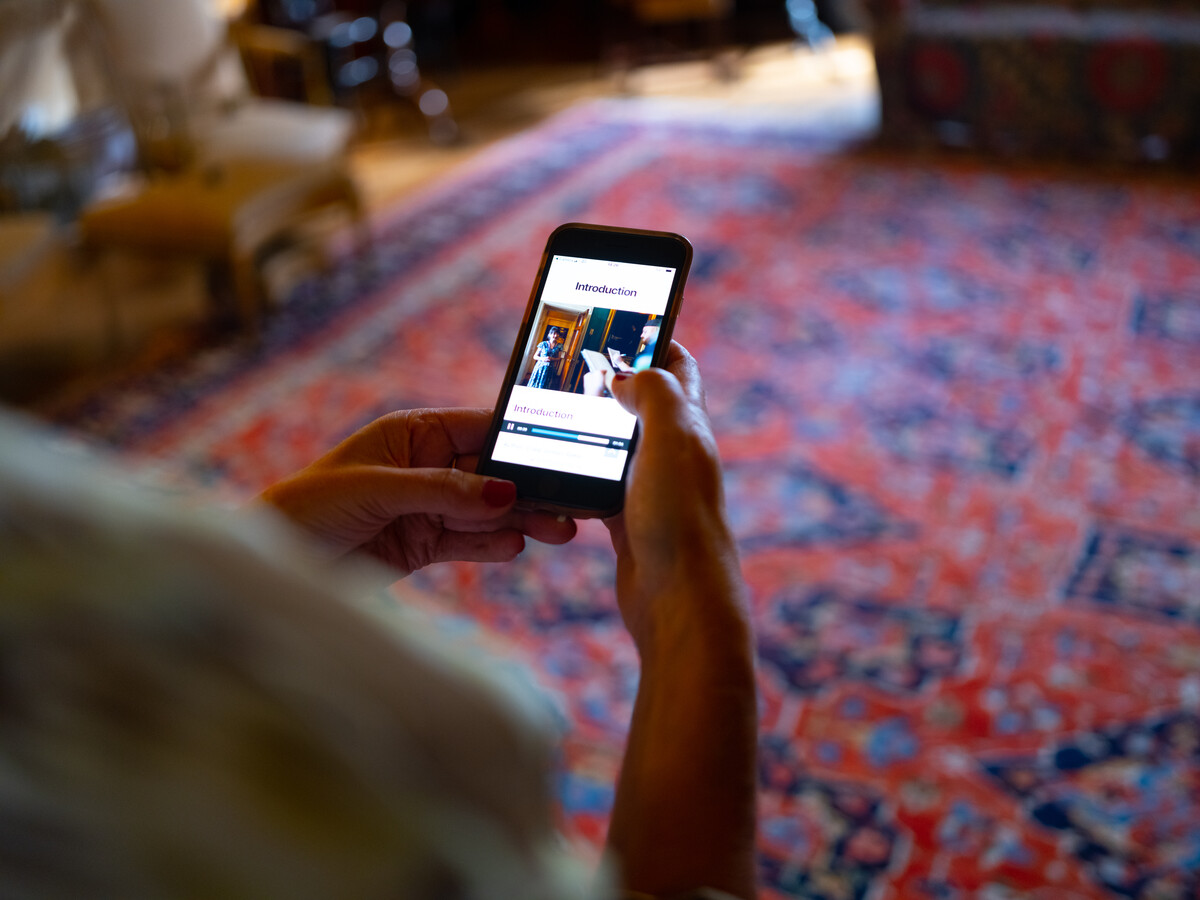Two works from One Minute Wonders
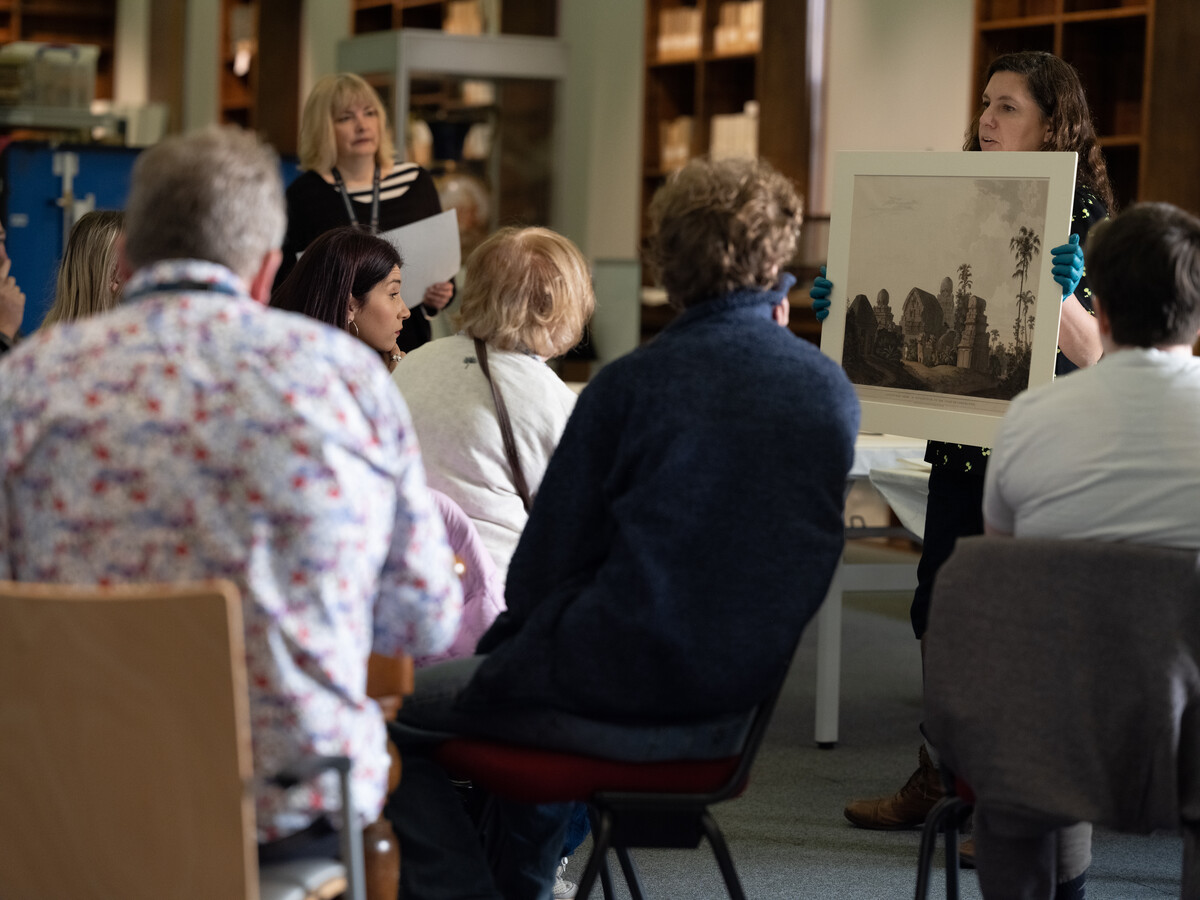
The One Minute Wonders exhibition currently displayed in Brighton Museum & Art Gallery (February 2023) is a volunteer led, label-free exhibition.
Our team of volunteers chose pieces from the Fine Art collection, researched the works and wrote the accompanying text. You can find their stories on a tablet in the gallery or on a dedicated page on our website.
Maria Gkamplia, one of the volunteers who took part, shares her findings from working on the exhibition.
The One Minute Wonders exhibition unexpectedly gave me the opportunity to discover the political history of the 19th century United Kingdom. Being one of the volunteers who was involved with the exhibition, I chose some of the artworks on display.
My love for the socio-political interpretation of art drew me towards two satirical caricatures. One might wonder what interest can be found in a political caricature from 200 years ago. The answer may not be so obvious, but let us look at the artworks first.
The first political caricature concerns the Prince Regent, later King George IV. His personal life and political decisions were a source of inspiration for many political satirical artists. In the first case, the famous British caricaturist George Cruikshank decided in 1812 to portray the Prince Regent as a whale.
The Prince of Whales or the Fisherman at Anchor
With the colonnade at the prince’s palace in Pall Mall as a background, we see Prince George as a whale floating in a sea of political scandals.
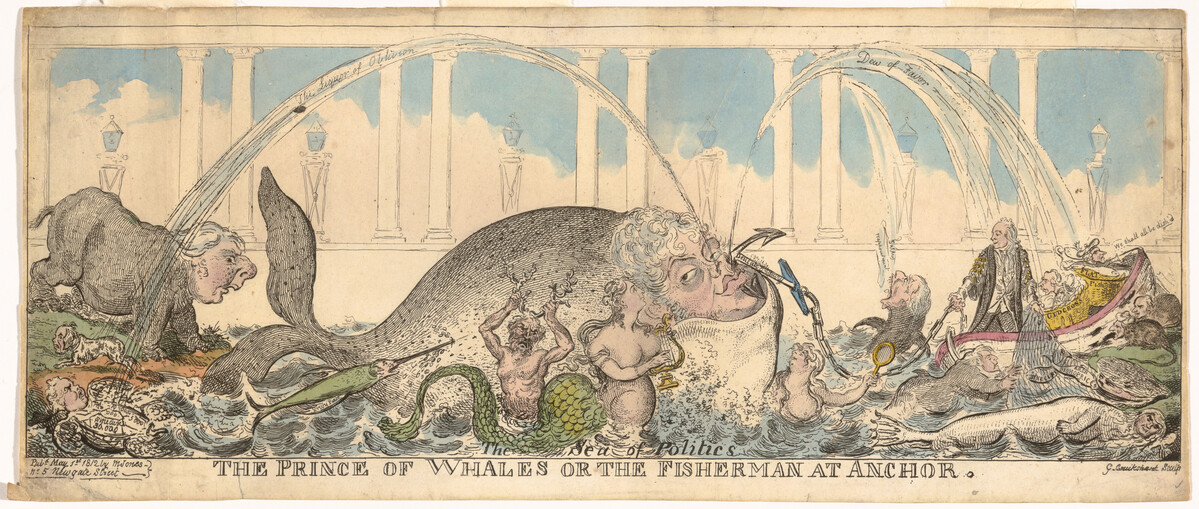
Our story begins to unfold on 5 February 1811 when George was appointed regent of the United Kingdom due to the unstable health of the King, his father George III. At the beginning of the regency the whole political world expected George IV to support the Whig leader Lord Grenville, but the regent surprised everyone.
The Prince Regent’s unpredictable support of the Tories’ leader and Prime Minister, Spencer Perceval, is vividly illustrated in the political caricature.
We see Perceval on a small boat with a golden anchor that says ‘Dew of favour’ referencing the favour that the Prime Minister was receiving from the prince. Behind George, the Whigs’ political leaders are running in panic to save themselves.

One might assume that our story doesn’t have much to tell, but if you look closely you’ll see that the artist has turned the regent’s gaze to one of the mermaids. This mermaid represents the regent’s recent mistress, Isabella Marchioness of Hertford, who not only stole his heart, but may have also influenced his political judgment.
Isabella Marchioness was a Tory supporter and her London home was an important meeting point for Tories. As a result, some people accused the Prince Regent of allowing his relationship with Isabella to shape his politics and support Spencer Perceval.
The caricaturist, following this belief, represented the political inefficiency of George, by showing that he was tired of political games and exclusively interested in his new companion.
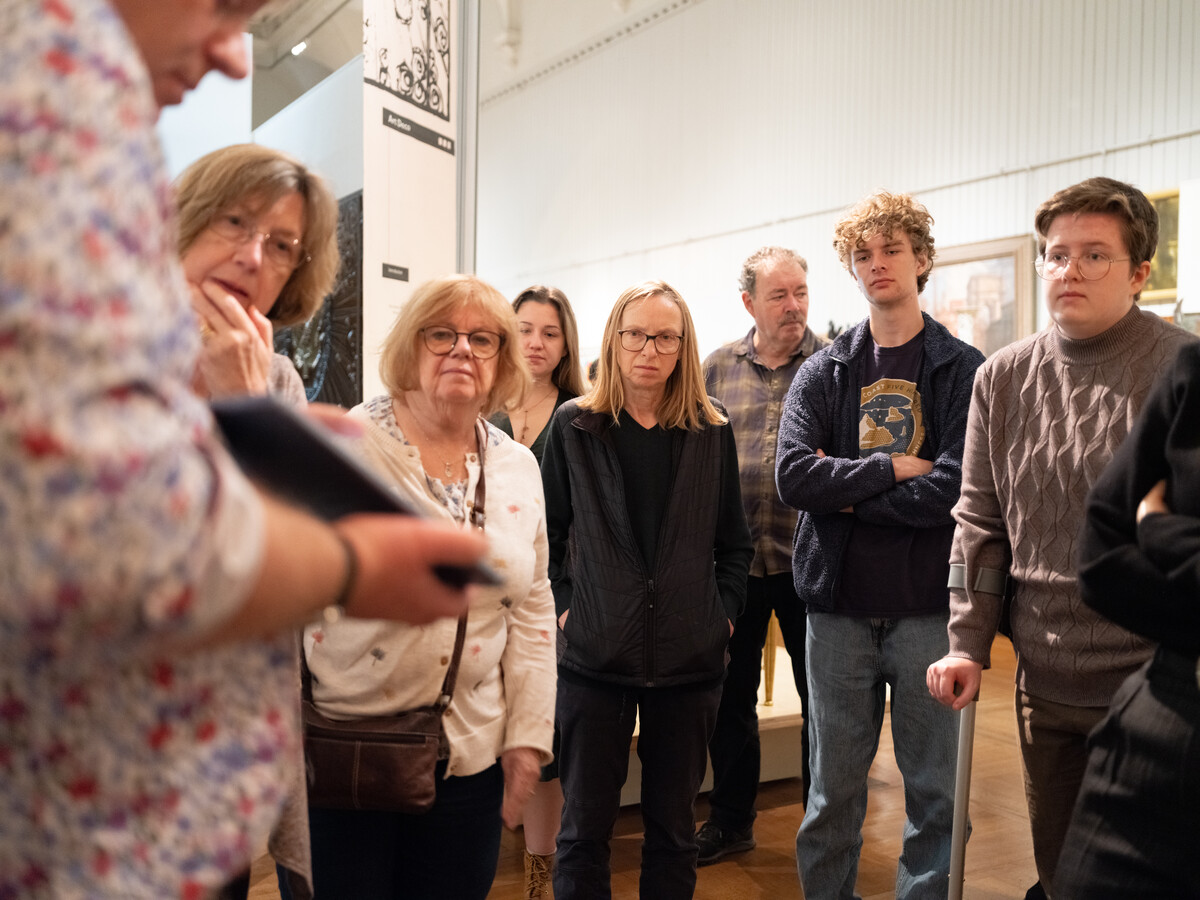
The Monkey and the Cat’s Paw
This satirical print of 1804 shows the Prime Minister, William Pitt the Younger, as a monkey. Pitt tries to remove a large chestnut from a fire that says, ‘Catholic emancipation’. He has the unwitting help of his political rival, Charles James Fox, depicted as a cat.
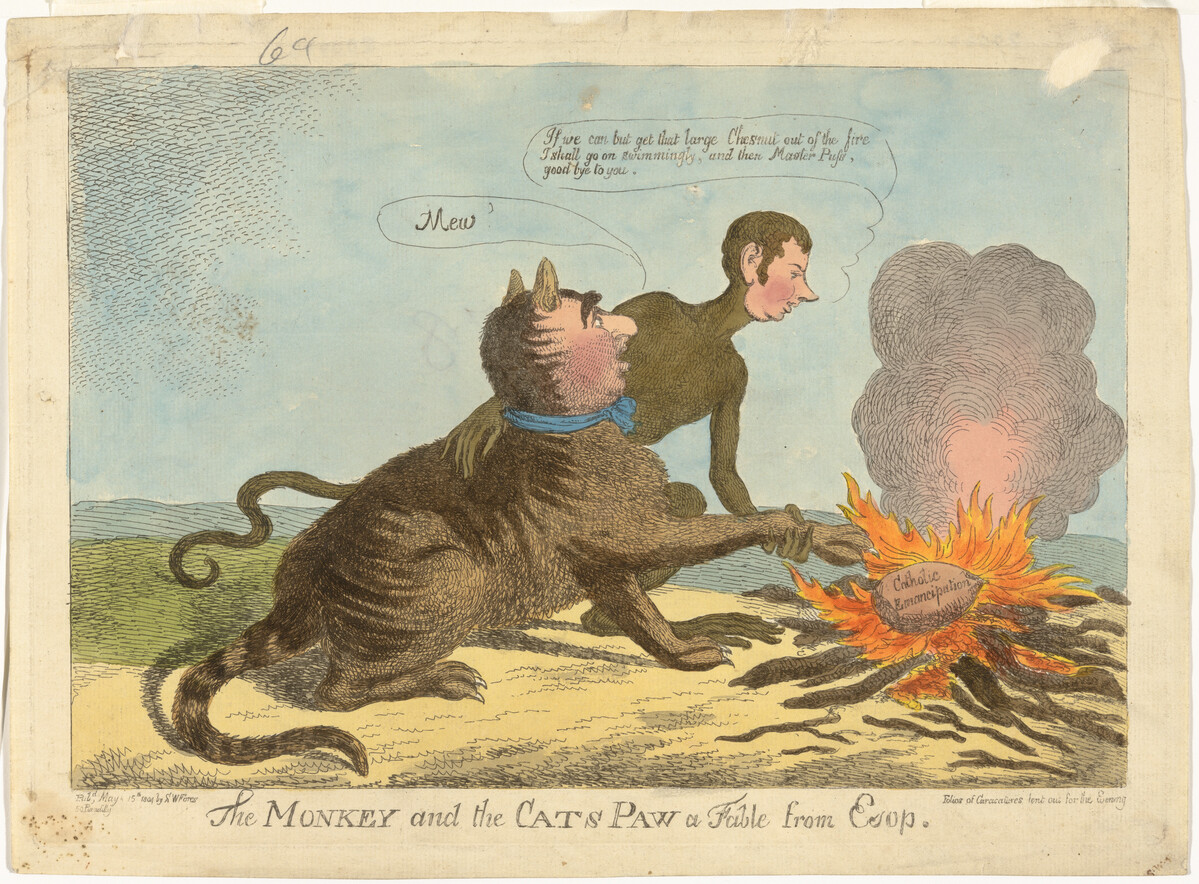
The artist Charles Williams was inspired by the fable ‘The Monkey and the Cat’ which became widely known in England and France and was used in the sense of ‘the dupe of another’. But which political situation was Williams referring to here?
The picture refers to the challenges faced by Pitt the younger to unite Great Britain and Ireland through the 1800 Acts of Union. At that time there was a great fear that Ireland would support France after the revolution of 1789. Pitt thought that the best solution would be to unite Ireland with England while promising to secure the emancipation of Catholics.
An obstacle to achieving Catholic emancipation, which would free Roman Catholics in Britain and Ireland from 18th century laws that created civil distinctions and restricted their rights, was King George III. The king opposed the decision to achieve the full emancipation of Catholics as he believed that this would be in complete contradiction to the oath he had given during his coronation.
However, Pitt decided to intensify his efforts by using his political rival Charles James Fox who was the leader of the Whigs.

Charles James Fox was an opponent of King George III’s policies and argued strongly that the best possible solution to the Irish problem was Catholic emancipation and parliamentary reform.
Pitt, in his attempt to fulfil his promise, took advantage of Fox’s supporters and their political beliefs. But as we can see from the caricature, events did not end happily. George III’s refusal to accept the emancipation of Catholics forced Pitt the Younger to break his promise. England was united with Ireland without any new rights for Catholics. At the same time, Fox, who strongly supported the elimination of discrimination against Catholics, was used merely as an instrument to achieve Pitt’s political aspirations, which he failed to achieve.
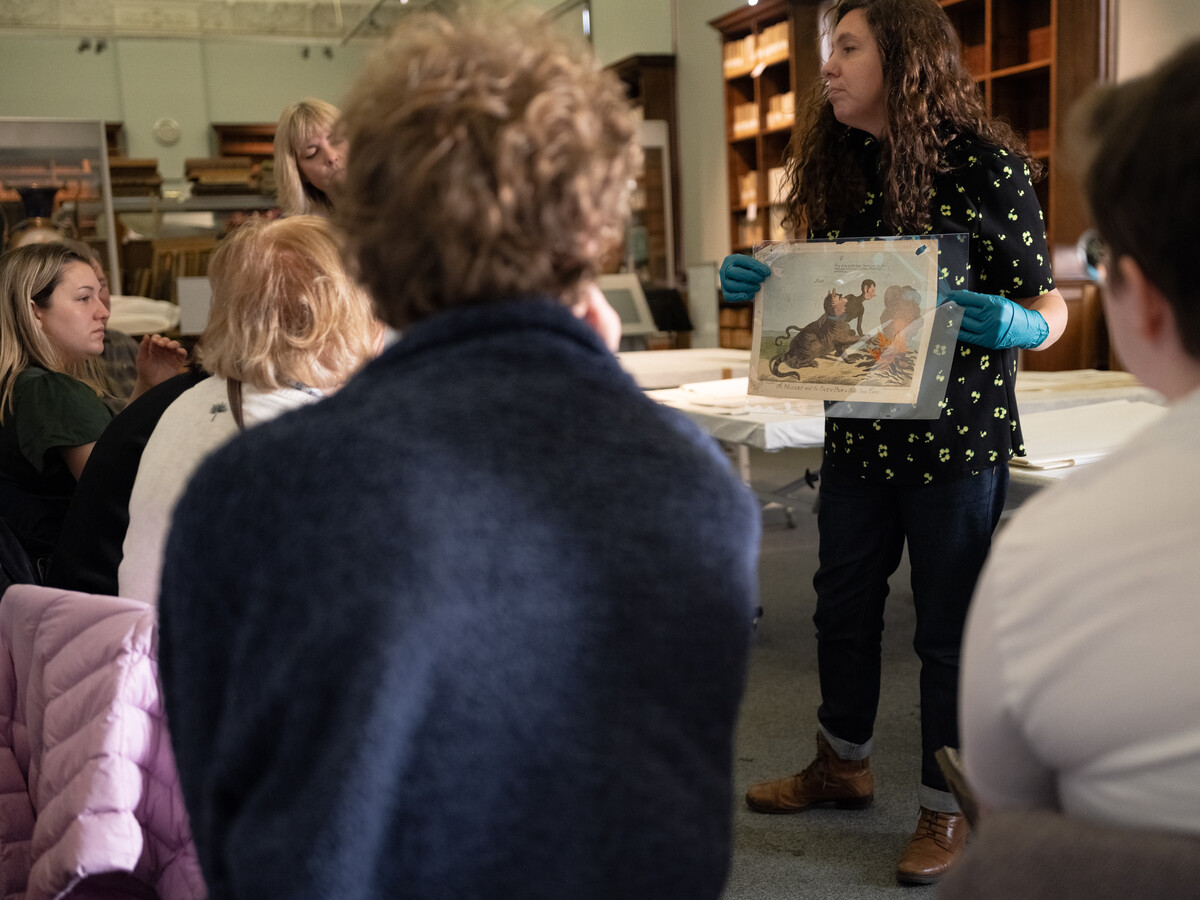
19th century memes?
Since we now know the hidden stories of these caricatures, we may conclude that they have nothing to do with the problems and issues that stress modern humankind. However, I and perhaps someone out there reading this text, can’t help but notice how many similarities are hidden in human history.
Nowadays we may not be so interested in the erotic adventures of royals, or, in some countries, we may even take for granted the social freedoms of every individual of any religion, but something remains common.
The common element is the way humanity decides to express its criticism of the issues that concern it. Think about it: aren’t the caricatures of the 19th century the memes of the past? Today, as then, we criticise political and social issues by satirising attitudes and situations. The difference is that we do not anymore necessarily need a cartoonist for this work, we can produce our own ‘caricatures’ from our smartphones or our computers.
So, the next time you visit a museum, I would suggest that you try to discover the hidden stories of humanity through the centuries. Maybe in these you will find some similarities with our lives today and, after all, keep in mind that the events of the present are the history of the future.
